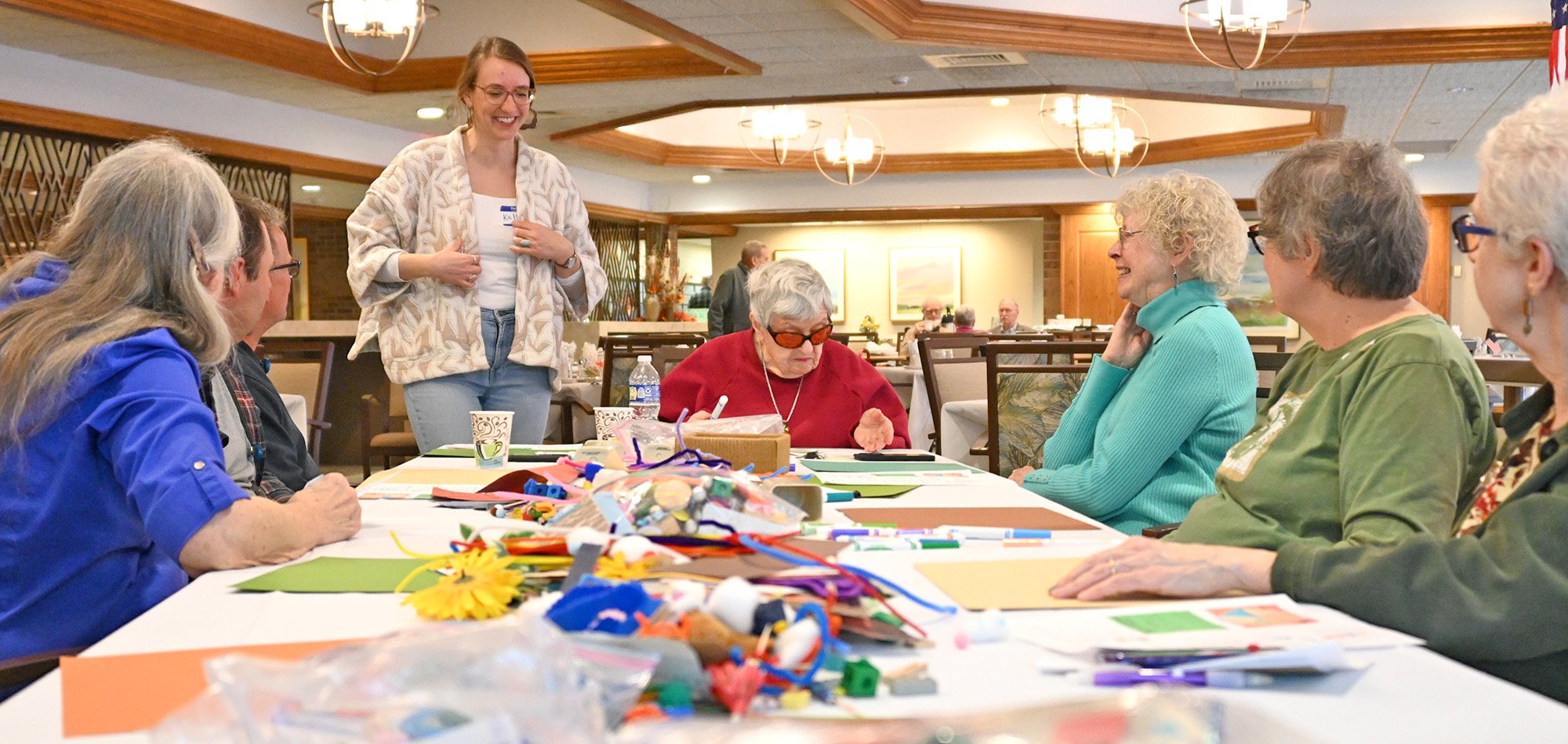An emotion-meets-design lab committed to creating and reimagining public spaces that comfort, support, and accompany people through mental health experiences over the course of their lives.
Now Streaming!
Mental Landscapes was featured in conversation with Maci Nelson of the Landscape Nerd Podcast. Topics include the roles of grief and neurodivergence in the outdoors, and developing more articulate ways of understanding belonging that include who we are when we are experiencing mental health episodes.
Services
Design Workshops
Through the hands-on Mental Landscapes design process, tap into local understandings of ease, observation, affinity, and awe to shape the future of your community’s public space for mental well-being.
Interpretive Overlays
Reveal and catalogue where visitors experience ease, observation, affinity, and awe within your park system, cultural institution, or care facility to create community-identified wellness-centered routes and maps.
Designer Trainings
Deepen your organization’s professional understanding of how the design of built environments can support people with depression through team workshops.
Mental Landscapes as Praxis
-
Facilitate it.
Kelsey was named the Fall 2023 Artist in Residence at Allerton Park and Retreat Center where she built out Mental Landscapes community design workshops for ages 13 to 90+.
-

Map it.
Kelsey compiled a Mental Landscapes interpretive overlay of the Allerton property according to visitors, a process she offers for art, education, and cultural institutions.
-

Design it.
The Mental Landscapes framework in design processes taps into participants’ memories of the outdoors to understand how they engage in and would like to see a public space evolve.
-

Discuss it.
Kelsey presented Mental Landscapes alongside Alexa Vaughn’s practice-based research Deafscape at SXSW 2024 to foster imagination around public space design futures through the lens of disability.
-

Share it.
Kelsey presents Mental Landscapes at local, state, regional, and national conferences and convenings made up of professionals in built environment, public health, social work, and the arts.
-

Digitize it.
Kelsey has adapted the Mental Landscapes design process in Miro to accomodate virtual audiences in a highly engaging and hands-on series of digital collage activities.
Emotions As Input
Emotions As Input
Drawing from the work of Giorgia Lupi, Mental Landscapes workshops survey participants about their depressive episodes and relationship to nature through art: individuals answer and code six questions to create a custom hexagon that becomes part of a “data mural.”
What people are saying…
Workshop Participant
“The power of anchoring the conversation about designing for mental health in the emotional experiences of those of us who struggle - Kelsey gave us permission to go deeper into personal experience for our framing and to design from that place of empathy.”
“Mental Landscapes deeply resonated with my own experiences and I was really struck with the thoughtful language used to describe the 4 design amendments. This language is accessible and opens the door to potentially complicated or difficult conversations about mental health in an inclusive way that I think we could use to foster better conversations about the ways in which we can design our projects for well-being.”
“Before this presentation, my understanding of the relationship between mental health and nature was limited to “green spaces are good for us because they are calming.” I enjoyed doing a deeper dive into WHY access to green space benefits our mental health, and how strategic design can truly make communities happier and healthier.”
“Mental Landscapes was such a breath of fresh air, providing a unique perspective to park planning and assessing the needs of the public. Kelsey’s session was one of my favorites.”
“Feeling so seen - seeing my personal experience show up in a quote from a stranger in a different city on a topic I didn’t ever think about as a shared experience. The visuals [of the work] (illustrations rather than photos) allowed my brain to more effectively layer on my own personal experiences and feelings rather than seeing the images as representing ‘someone else’s park.’”















